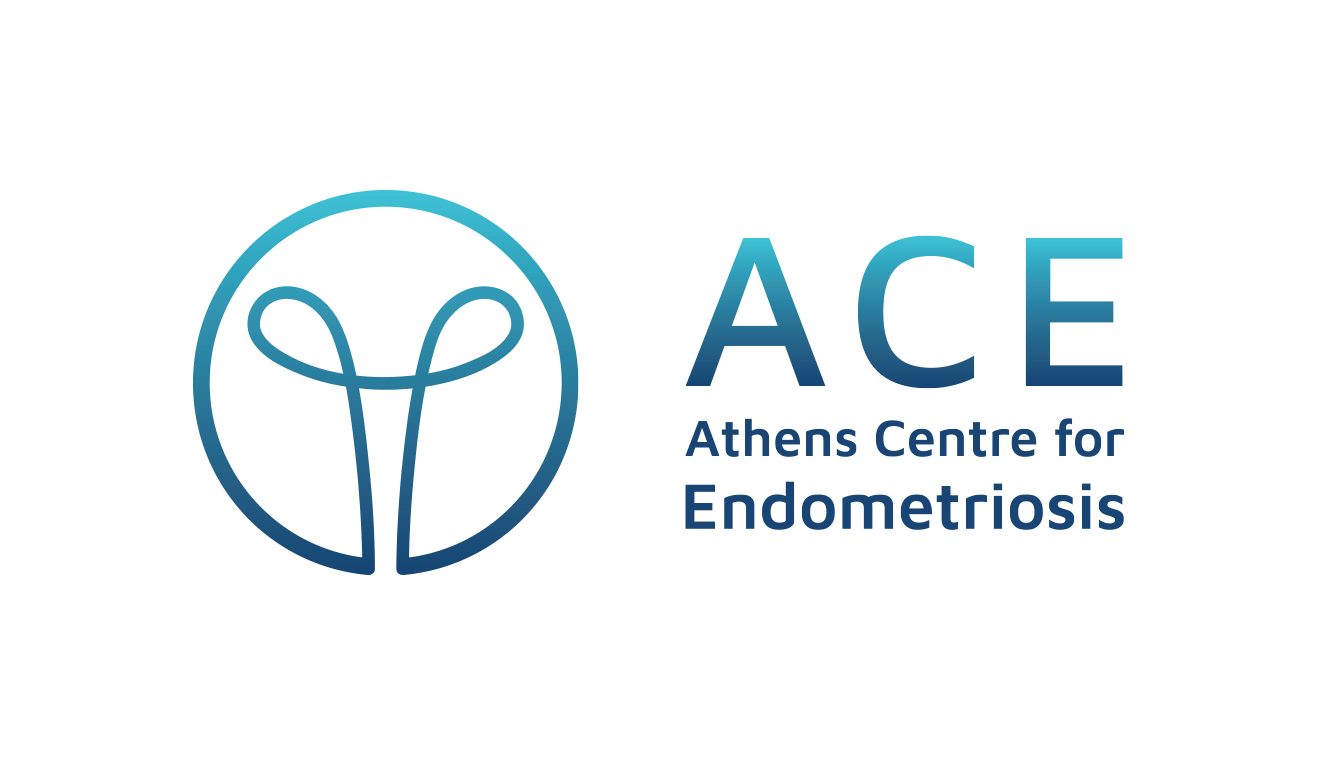Diaphragmatic and thoracic endometriosis are considered rare types of endometriosis and are defined as the presence of endometrial-like tissue in or around the thoracic cavity. This can include the diaphragm and the lungs. When diagnosed this type of endometriosis is treated in a multidisciplinary team that includes a thoracic surgeon as well.
What is diaphragmatic and thoracic endometriosis?
Sometimes used together or separately, diaphragmatic and thoracic endometriosis refers to endometriosis affecting the diaphragm and the thoracic cavity. The diaphragm is a thin, dome-shaped muscle that sits below the lungs and heart and helps us to breathe. In terms of its incidence Nezat et al. note that diaphragmatic endometriosis involving the full thickness of the diaphragm includes 1-1.5% of patients diagnosed with endometriosis.
In most cases, diaphragmatic endometriosis affects the right side of the diaphragm. It can be superficial or deep. When there are signs of deep infiltrating endometriosis, the liver will be mobilised as most parts of endometriosis can be obscured by the liver.
In thoracic endometriosis lesions grow in the pleura, the thoracic part of the diaphragms, or the lung parenchyma. Pulmonary endometriosis is included in the “thoracic endometriosis syndrome” category.
Signs and symptoms of diaphragmatic and thoracic endometriosis
Diaphragmatic and thoracic endometriosis can be symptomatic and asymptomatic. In this case, it may be discovered incidentally. When symptomatic it can be accompanied by various symptoms of pelvic endometriosis.
Endometriosis of the diaphragm can cause severe symptoms and debilitating pain such as chest pain, difficulty breathing, epigastric pain, shoulder and neck pain, upper abdominal pain, painful breathing. The pain can be severe and sharp and it can radiate throughout the upper abdomen, chest, and shoulder.
For lung endometriosis, the thoracic endometriosis syndrome consists of four clinical entities: catamenial pneumothorax, catamenial hemothorax, hemoptysis, and pulmonary nodules. It can also cause shortness of breath and pleural effusion (fluid in the pleural cavity).
How is it treated?
If you have been diagnosed with diaphragmatic and thoracic endometriosis, it is important to be seen by an endometriosis specialist that works in a multidisciplinary team.




